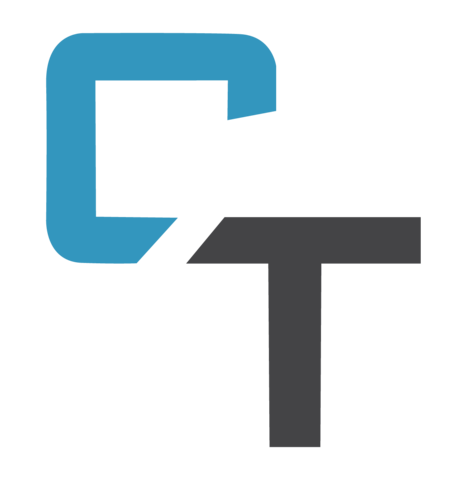Flexible Supercapacitors for Energy Harvesting Technologies in IoT
Energy harvesting technologies, such as indoor solar cells, are gaining popularity in battery powered Internet of Things (IoT) devices, commonly found in applications like wearables and SmartCity ecosystems. The reason is simple, it is expensive to replace batteries in IoT devices and energy harvesting technologies can be leveraged to make those same IoT devices battery free. It is so expensive to replace these batteries because there are typically many devices deployed over a large area, and these IoT devices are typically used on the edge (a.k.a hard to reach places).
Energy Harvesting Technology
There are several types of energy harvesting technologies common to the market. According to Magnetic Nanostructured Materials, 2018, “Energy harvesting (EH) can be defined as a process wherein the sources such as mechanical load, vibrations, temperature gradients and light, etc., are scavenged and converted to obtain relatively small levels of power in the nW-mW range [1–3].”
Common energy harvesting options include:
While gaining popularity, there are two major challenges to overcome. First, they lack the peak-power capability to transmit data. Second, they are an unreliable (intermittent) energy source.
A Lack of Power
Energy harvesting technologies provide enough power for devices in their sleep state, but too little power to wirelessly transmit data (via bluetooth, Wi-Fi, cellular options) from the edge it is collected from. In other words, the energy harvesting technology might power sensors on the IoT device to collect information, but cannot send that information anywhere useful or impactful.
For example, an IoT device (such as an air quality monitor in a SmartCity application that takes 6 measurements per hour and transmits data one time per hour) might draw:
10mA when in sleep mode (~90% of the time)
200mA when collecting data (~10% of the time)
1500mA when transmitting data (<1% of the time)
Even in an ideal environment, energy harvesting technologies lack the peak power capability required when transmitting data. For <1% of the time, something 150x more powerful is needed. As new features and capabilities are added to IoT devices, and as they are deployed in more extreme/remote locations, more power will be needed.
Intermittent Power
In addition to lacking enough power for data transmission, energy harvesting technologies are also notoriously intermittent and dependent on environmental factors.
For example, a solar cell might generate 150mW in full direct sunlight, but only 50mW in a shadow (66% less). A vibration energy harvesting device might generate 35mW at 50Hz, but less than 5mW at a frequencies less than 48Hz or greater than 52Hz.
This forces designers and engineers to reconcile an engineering tradeoff. They can choose to either starve their load of power when no energy is being harvested (like a solar cell in the dark), or they can add an energy storage to their product (which they were trying to avoid by using an energy harvesting technology).
An Integrated Supercapacitor Solution?
Capacitech produces a flexible, wire-like supercapacitor that is designed to complement energy sources (such as energy harvesting modules and batteries) by providing peak power assistance and miniaturized electronics by leveraging its form factor.
While energy harvesting technologies are gaining popularity, they require an energy storage device to overcome their lack of power and intermit nature. While batteries can be used, their short cycle (or service) life is less than ideal given the cost to replace batteries. Supercapacitors have become increasingly attractive solutions as they can provide more than enough power for data transmission and have very cycle life. Supercapacitors face the challenge of being restricted to use on printed circuit boards, where space is limited.
Capacitech’s flexible supercapacitor, the Cable-Based Capacitor (CBC) , has space saving advantages over traditional supercapacitor technologies. It can be routed around printed circuit boards in a way to use little to no real estate (surface area) on the circuit, or can be used off-board and inside the infrastructure of the product or system. In the demonstration videos below, the CBC is integrated directly inside the wiring infrastructure of PowerFilm’s indoor solar cell.
Learn more about the Cable-Based Capacitor and IoT Applications.
Now available at Mouser.
While energy harvesting technologies are intermittent, the CBC offers a high-power, space friendly solution.
The CBC features >3F and 1.6V per cell. The CBC can charge even with a solar cell delivering as little as ~1mA.


